The 24T/D rice bran wax refining project designed and manufactured by Huatai Group is sent to Jiangsu
On March 1, 2024, the 24T/D rice bran wax refining project designed and manufactured by Huatai Group was sent to Jiangsu.
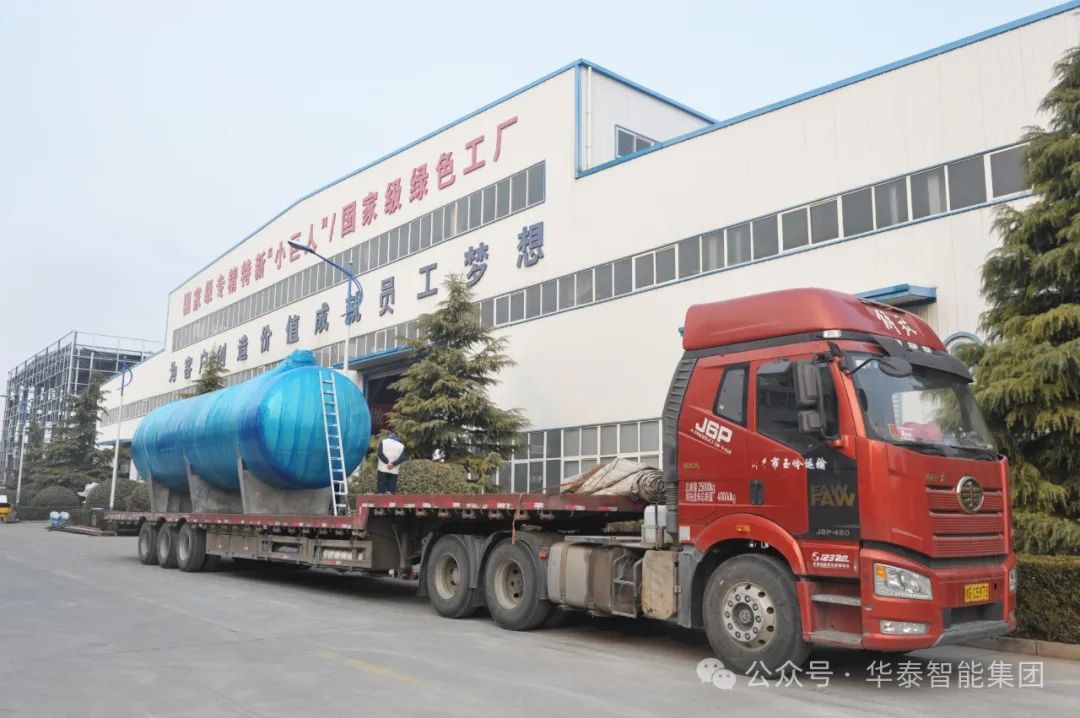
When it comes to rice bran oil, I believe everyone will be familiar with it. Rice bran oil is an oil extracted from rice bran, a by-product of rice processing. The content of oryzanol, phytosterols, vitamin E, etc. is much higher than that of other edible oils. It has a light taste and bright color. It is a high-quality natural and healthy edible oil. Rice bran oil can be produced by pressing or leaching. The crude oil contains various active enzymes and impurities, which will cause the rice bran raw materials and extracted crude oil to acidify quickly. Therefore, the raw materials and crude oil need to be processed in time. processing to ensure its quality.
The oil content of rice bran is low, and the extraction efficiency of the pressing process is low and the output is small. However, the one-time leaching process in the leaching process can well extract the oil in the rice bran and control the amount of residual oil in the leached cake to a low proportion. Below, the production efficiency is high and the oil yield is high, so oil plants with larger output usually choose the leaching equipment leaching process to produce rice bran oil.
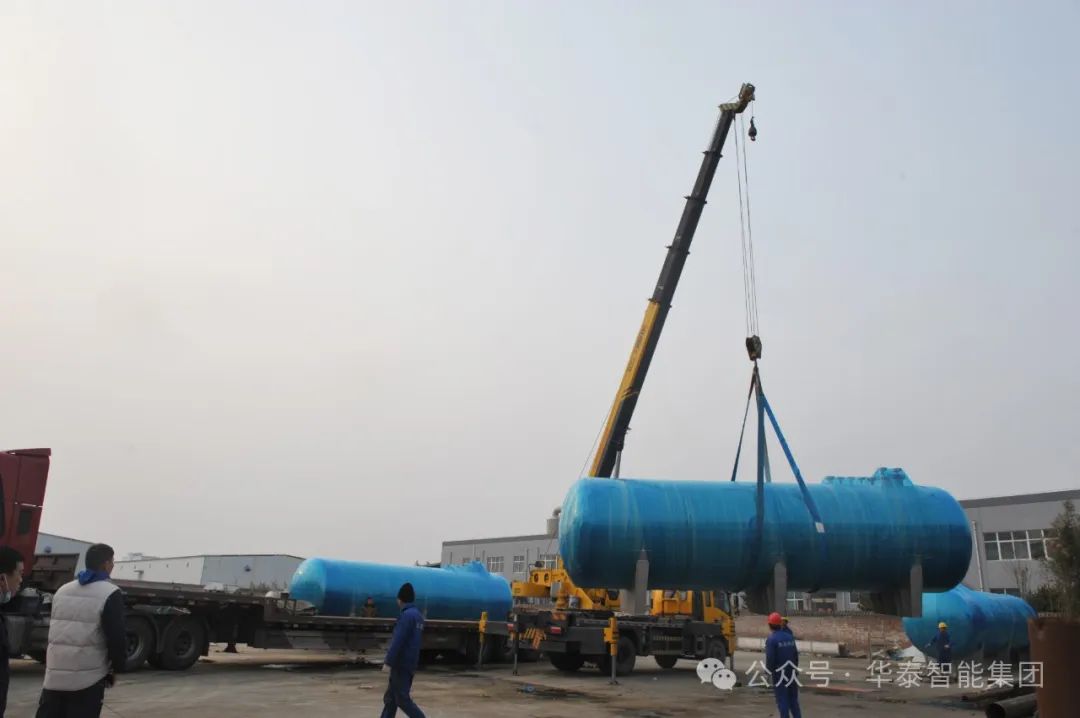
The rice bran oil leaching production line can be divided into three parts, rice bran pretreatment, rice bran oil leaching, and rice bran crude oil refining.
1. Pretreatment of rice bran oil:
1. Separation of bran: Rice bran first needs to pass through a bran separation screen to remove impurities such as broken rice and coarse bran husks.
2. Conditioning: The cleaned rice bran will be sent to the conditioning pot, where its temperature and moisture will be adjusted to a state suitable for puffing.
3. Puffing: The purpose of puffing is to destroy the cell tissue of rice bran, change its internal porosity, and increase the permeability inside the rice bran, thereby improving the efficiency of rice bran leaching.
4. Drying: Before leaching, rice bran needs to be dried, which is more conducive to its storage. At the same time, the moisture and temperature of the dried rice bran are also more conducive to the leaching of oil.
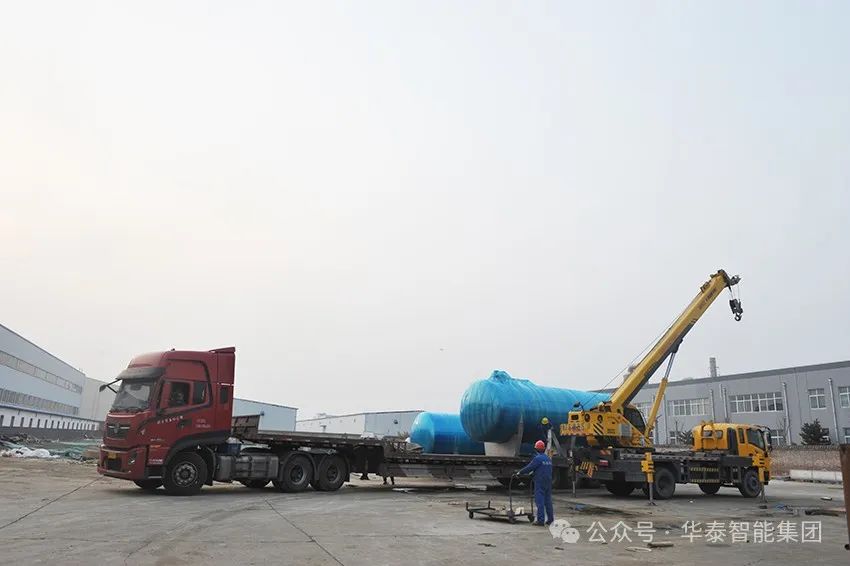
2. Rice bran oil leaching process:
The pretreated rice bran will enter the leaching workshop. Here, the rice bran will react with organic solvents and fully contact the rice bran cake through spraying, soaking, etc., thereby leaching out the oil in the rice bran to obtain mixed oil. The mixed oil will go through evaporation, stripping and other steps to vaporize the solvent and separate it from the oil, thereby obtaining rice bran crude oil.
3. Refining process of rice bran oil:
The process of refining rice bran wax to produce oil mainly includes the following steps:
1. Crude oil filtration: Crude oil contains impurities such as cake residue, oil feet, soap stock, meal powder, etc. These impurities will affect subsequent refining processing and increase oil loss. Filtration can use physical methods such as sedimentation, filtration, and centrifugation to remove insoluble impurities in crude oil.
2. Refining and degumming: Commonly used methods for degumming include hydration, acid refining and enzymatic degumming. Degumming can remove phospholipids, mucilage, resins, proteins, sugars, trace metals, etc. from crude oil to prepare for further refining.
3. Refining deacidification: Commonly used methods for deacidification include caustic soda or alkali neutralization method. The main purpose of refining and deacidification is to remove FFA (free fatty acids), acidic pigments, sulfides, oil-insoluble impurities and trace metals in oil to ensure the food safety of oil.
4. Refining and dewaxing: Dewaxing or degreasing mainly uses freezing, crystallization or winterization crystallization, and fractionation to remove wax fat or solid fat in oil. The wax content in rice bran oil is about 3% to 9%, which will increase the cloud point of the oil, reduce the transparency and digestion and absorption rate of the oil, and worsen the smell and palatability, thereby reducing the edible quality and nutritional value of the oil. and industrial use value, so they need to be removed.
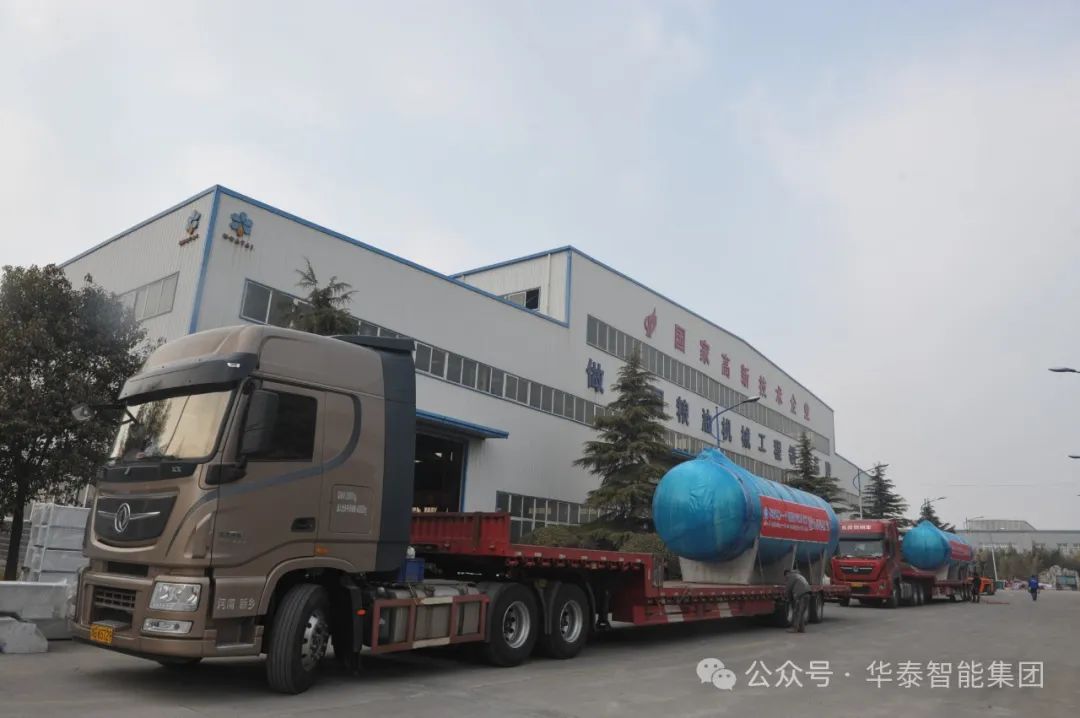
4. The following aspects need to be paid attention to in the rice bran wax refining project:
1. Purification of wax: Rice bran wax is a wax separated from the refining process of rice bran oil, which contains a certain amount of rice bran oil. The purpose of purification is to remove the rice bran oil in the hair wax and obtain pure rice bran wax. During the purification process, attention needs to be paid to controlling factors such as temperature, stirring speed, and separation time to ensure the purification effect.
2. Quality of hair wax: The quality of hair wax has an important influence on the quality of refined rice bran wax. High-quality hair wax should have high purity and stability, contain no harmful substances, have uniform color and fine texture. When selecting a hair wax supplier, strict screening and evaluation are required.
3. Process control: During the refining process of rice bran wax, various process parameters, such as temperature, pressure, time, etc., need to be strictly controlled to ensure the smooth progress of the reaction and the stability of product quality. At the same time, attention needs to be paid to the maintenance and upkeep of equipment to avoid equipment failure from affecting production.
4. Production safety: The organic solvents and high temperatures used in the refining process of rice bran wax may pose a threat to the health and safety of production personnel. Therefore, it is necessary to strictly abide by production safety regulations and take necessary protective measures to ensure the safety and health of production personnel.
5. Environmental protection requirements: Waste water, waste gas and other waste generated during the refining process of rice bran wax must comply with environmental protection requirements and must not cause pollution to the environment. Therefore, it is necessary to establish a complete waste treatment system to ensure the compliance of waste treatment and discharge.
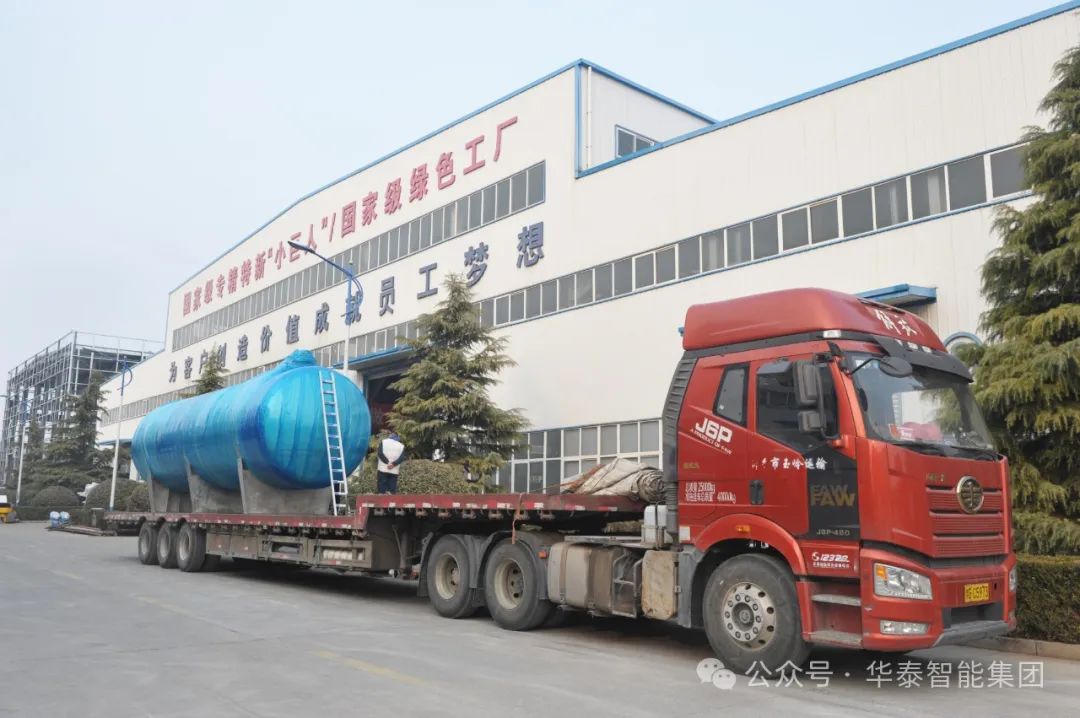
To sum up, Huatai Grain and Oil Machinery reminds that the rice bran wax refining project needs to pay attention to many aspects, including wool wax purification, wool wax quality, process control, safety production and environmental protection requirements, etc. Only by fully considering and strictly controlling these factors can the smooth progress of the project and the stability of product quality be ensured.
 Language
Language









